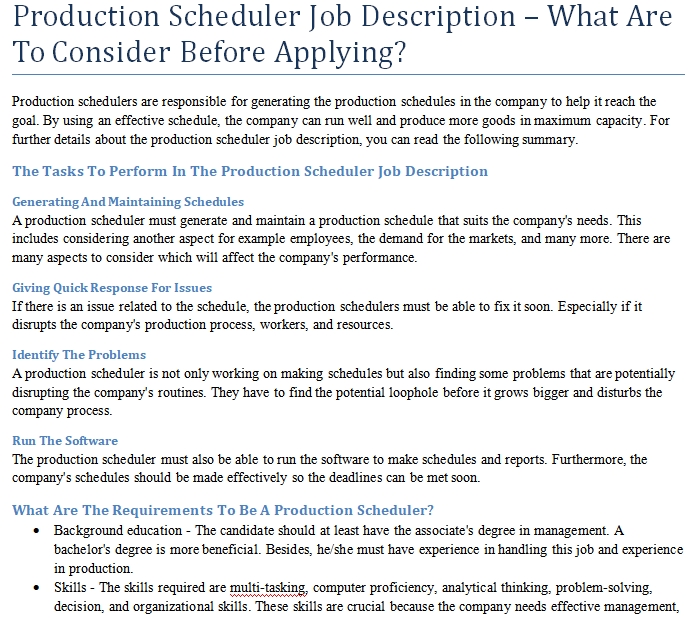

In Lingon, click the + icon at the top of the window, and the app guides you through four steps: To indicate that the task should run on only one server, use the onOneServer method when defining the scheduled task.Set up recurring schedules for actions, like a Shortcut or script. If the task scheduler is running on three worker servers, the scheduled task will run on all three servers and generate the report three times. For instance, assume you have a scheduled task that generates a new report every Friday night. If your application's scheduler is running on multiple servers, you may limit a scheduled job to only execute on a single server. In addition, all servers must be communicating with the same central cache server.
#SCHEDULER JOBS DRIVER#
To utilize this feature, your application must be using the database, memcached, dynamodb, or redis cache driver as your application's default cache driver. This is typically only necessary if a task becomes stuck due to an unexpected server problem. If necessary, you can clear these cache locks using the schedule:clear-cache Artisan command. $schedule -> command ( ' emails:send ' ) -> withoutOverlapping ( 10 ) īehind the scenes, the withoutOverlapping method utilizes your application's cache to obtain locks. For example, you may schedule a command to run hourly on Sundays and Wednesdays: The days method may be used to limit the execution of a task to specific days of the week. Limit the task to not run between start and end times Limit the task to run between start and end times For example, you may schedule a command to run weekly on Monday:Ī list of additional schedule constraints may be found below: Method These methods may be combined with additional constraints to create even more finely tuned schedules that only run on certain days of the week.

Run the task every year on June 1st at 17:00

Run the task on the first day of every year at 00:00 Run the task on the first day of every quarter at 00:00 Run the task on the last day of the month at 15:00 Run the task monthly on the 1st and 16th at 13:00 Run the task every month on the 4th at 15:00 Run the task on the first day of every month at 00:00 Run the task every week on Monday at 8:00 Run the task every hour at 17 minutes past the hour However, there are many more task schedule frequencies that you may assign to a task: Method

We've already seen a few examples of how you may configure a task to run at specified intervals. $schedule -> exec ( ' node /home/forge/script.js ' ) -> daily () Within the closure we will execute a database query to clear a table: In this example, we will schedule a closure to be called every day at midnight. To get started, let's take a look at an example. You may define all of your scheduled tasks in the schedule method of your application's App\Console\Kernel class. To help you get started, a simple example is defined within the method. Your task schedule is defined in the app/Console/Kernel.php file's schedule method. When using the scheduler, only a single cron entry is needed on your server. The scheduler allows you to fluently and expressively define your command schedule within your Laravel application itself. Laravel's command scheduler offers a fresh approach to managing scheduled tasks on your server. However, this can quickly become a pain because your task schedule is no longer in source control and you must SSH into your server to view your existing cron entries or add additional entries. In the past, you may have written a cron configuration entry for each task you needed to schedule on your server.


 0 kommentar(er)
0 kommentar(er)
